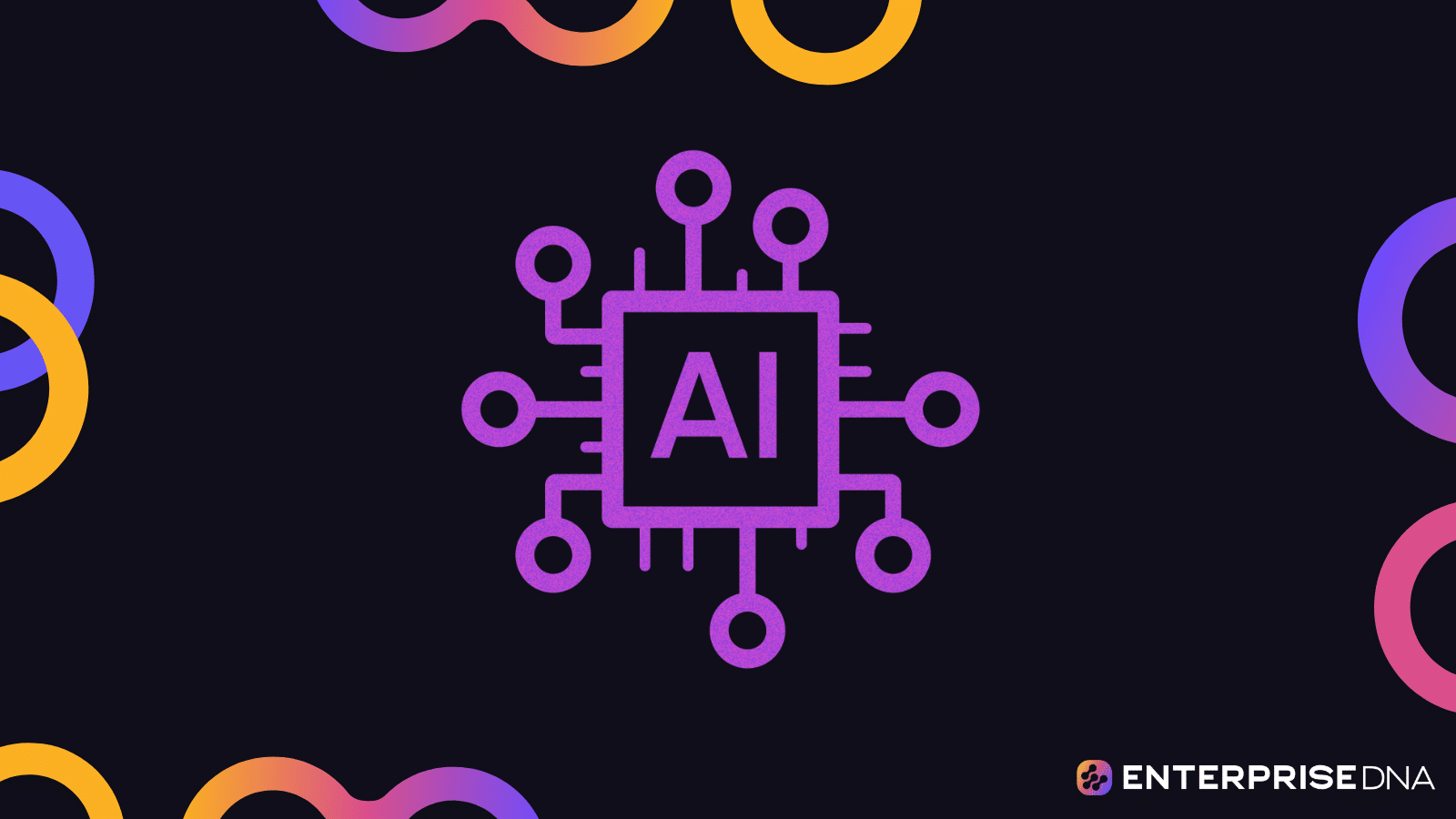If you’re a beginner looking to learn about neural networks, you’re in the right place. We’ll take you through the basic concepts, show you how they work, and give you tips to get started with building your own models.
But why should you care?
Well, neural networks are the foundation of many powerful artificial intelligence (AI) applications. They’re used in everything from image and speech recognition to recommendation systems and natural language processing.
Understanding how neural networks work will give you a solid foundation for learning more advanced machine learning techniques.
So, let’s get started!
What Is A Neural Network?
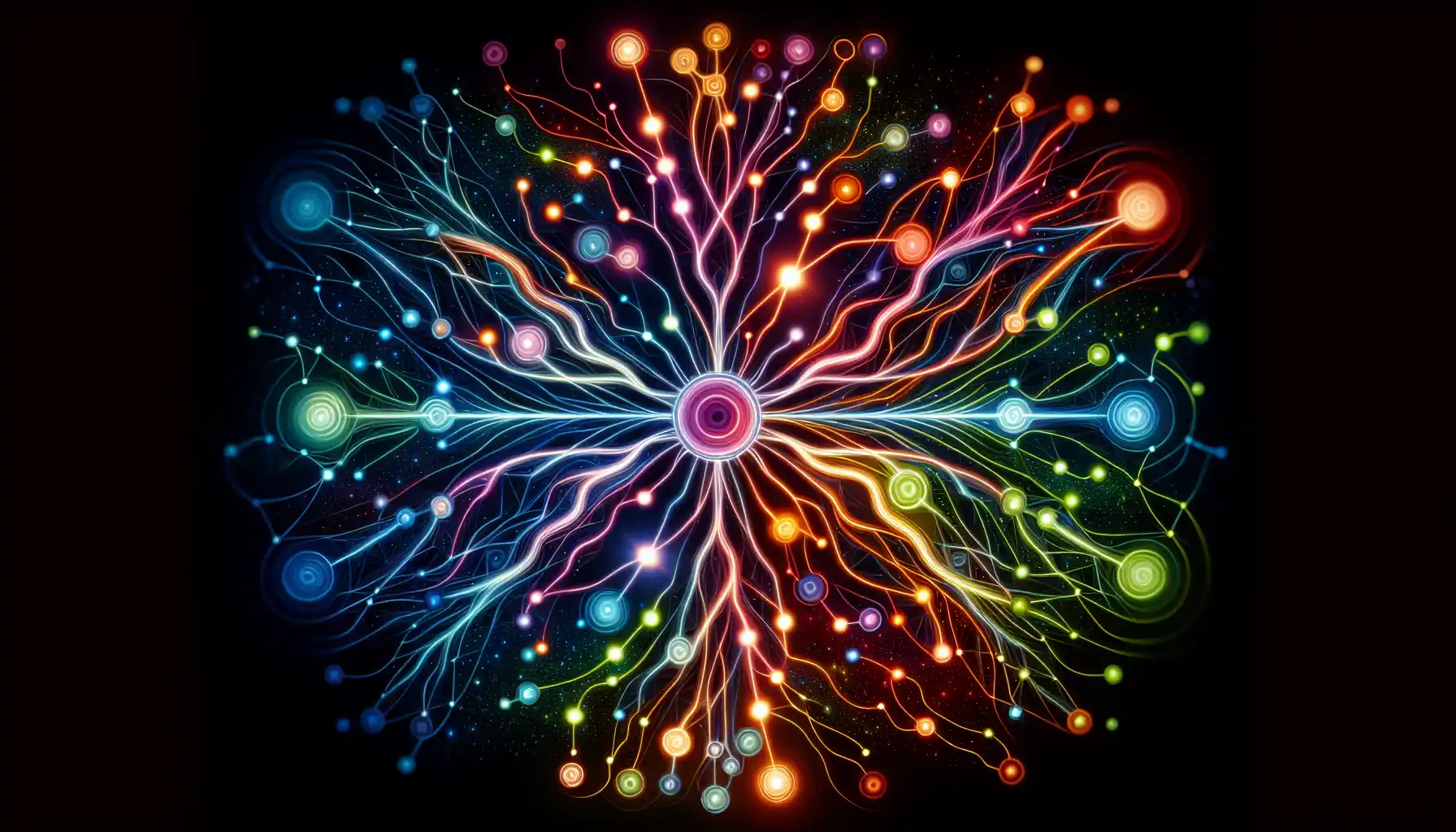
A neural network is a computational model inspired by the way the human brain works.
It’s made up of a large number of interconnected processing elements, called neurons, which work together to solve complex problems.
Each neuron takes in input, processes it using a set of weights, and produces an output. The outputs from multiple neurons are then combined to produce the final output of the network.
Types Of Neurons
- Input Neurons: These neurons receive data from the external environment. They are the first layer of neurons in the network and pass the data on to the hidden neurons for processing.
- Hidden Neurons: These neurons are located between the input and output layers and are responsible for processing the input data. They perform computations on the input data using weights and biases to extract important features.
- Output Neurons: The output neurons produce the final output of the network. The number of output neurons depends on the type of task the network is designed to solve. For example, a network designed for binary classification will have a single output neuron, while a network designed for multiclass classification will have multiple output neurons.
Components Of A Neural Network
A neural network typically consists of the following components:
- Neurons: These are the basic processing units that receive inputs, apply an activation function, and produce an output.
- Weights: Each connection between neurons is associated with a weight that determines the strength of the connection. These weights are adjusted during the training process to minimize the error in the network’s predictions.
- Activation function: This function is applied to the output of a neuron to determine whether it should “fire” and produce an output. Common activation functions include the sigmoid, tanh, and ReLU functions.
- Layers: Neurons are organized into layers, with the input layer receiving the initial data, one or more hidden layers processing the data, and the output layer producing the final output.
- Loss function: This function measures how well the network’s output matches the desired output. During training, the goal is to minimize this loss function.
- Optimizer: This is an algorithm that adjusts the weights of the connections between neurons to minimize the loss function. The most commonly used optimizers are stochastic gradient descent (SGD) and its variants, such as Adam and RMSprop.
- Bias: Each neuron has an associated bias term that allows the activation function to be shifted, which can be helpful for learning complex patterns in the data.
The number of hidden layers and neurons in each layer can vary depending on the complexity of the problem being solved.
A neural network with more hidden layers is called a deep neural network, and it is capable of learning more complex patterns and relationships in the data.
Neural Network Training Process
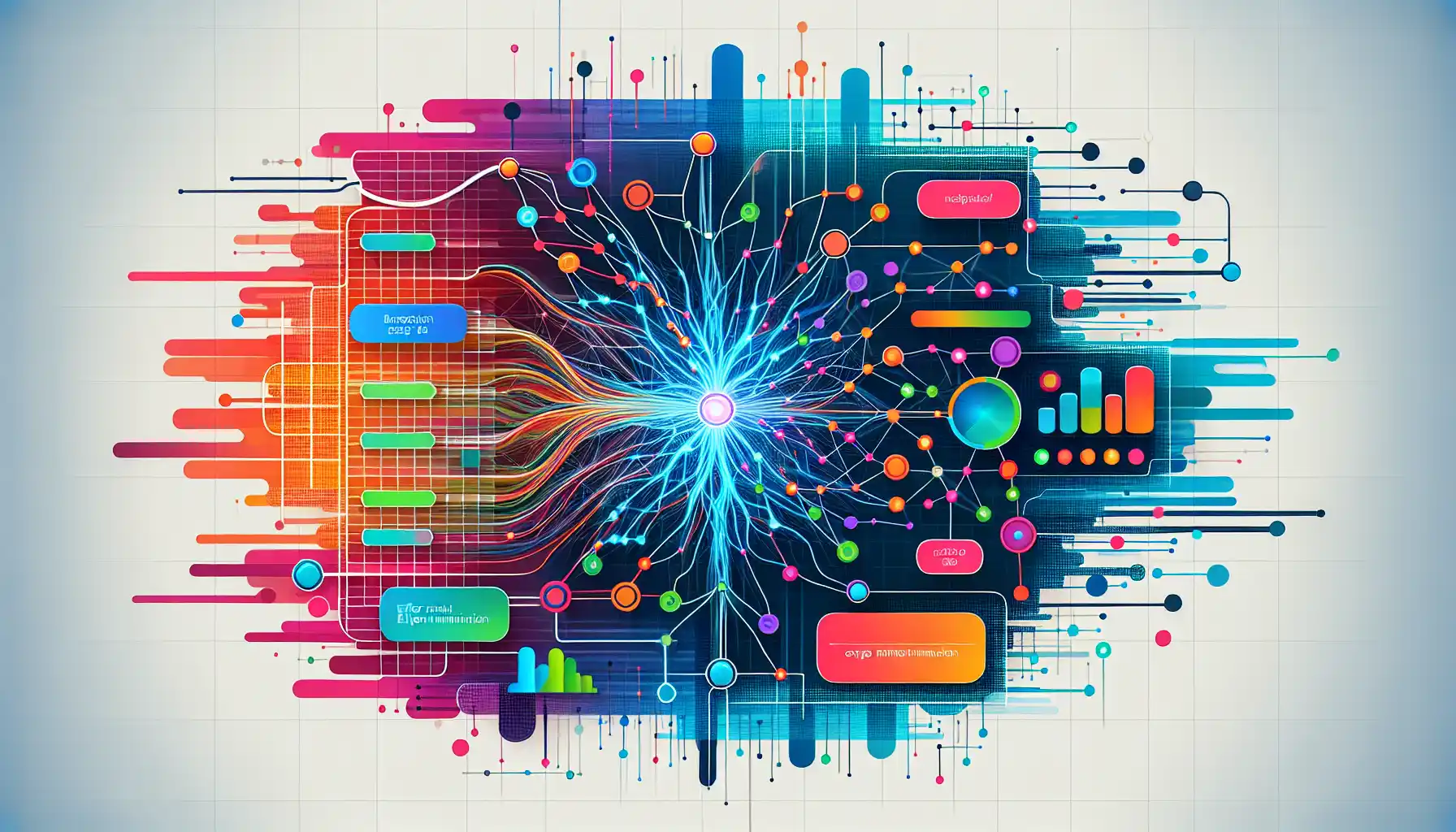
1. Forward Propagation
In the forward propagation step, data is fed into the input layer of the neural network and is processed through the hidden layers to produce an output.
This process is repeated for all the training examples in the dataset, and the network’s predictions are compared with the actual target values to compute the loss.
2. Backpropagation
The backpropagation algorithm is used to update the weights and biases of the network in order to minimize the loss function.
This is achieved by propagating the error from the output layer back through the network, and adjusting the weights and biases using the gradients of the loss function with respect to the weights and biases.
This process is repeated for multiple epochs until the network converges to a set of weights and biases that minimize the loss function.
3 Common Types Of Neural Networks
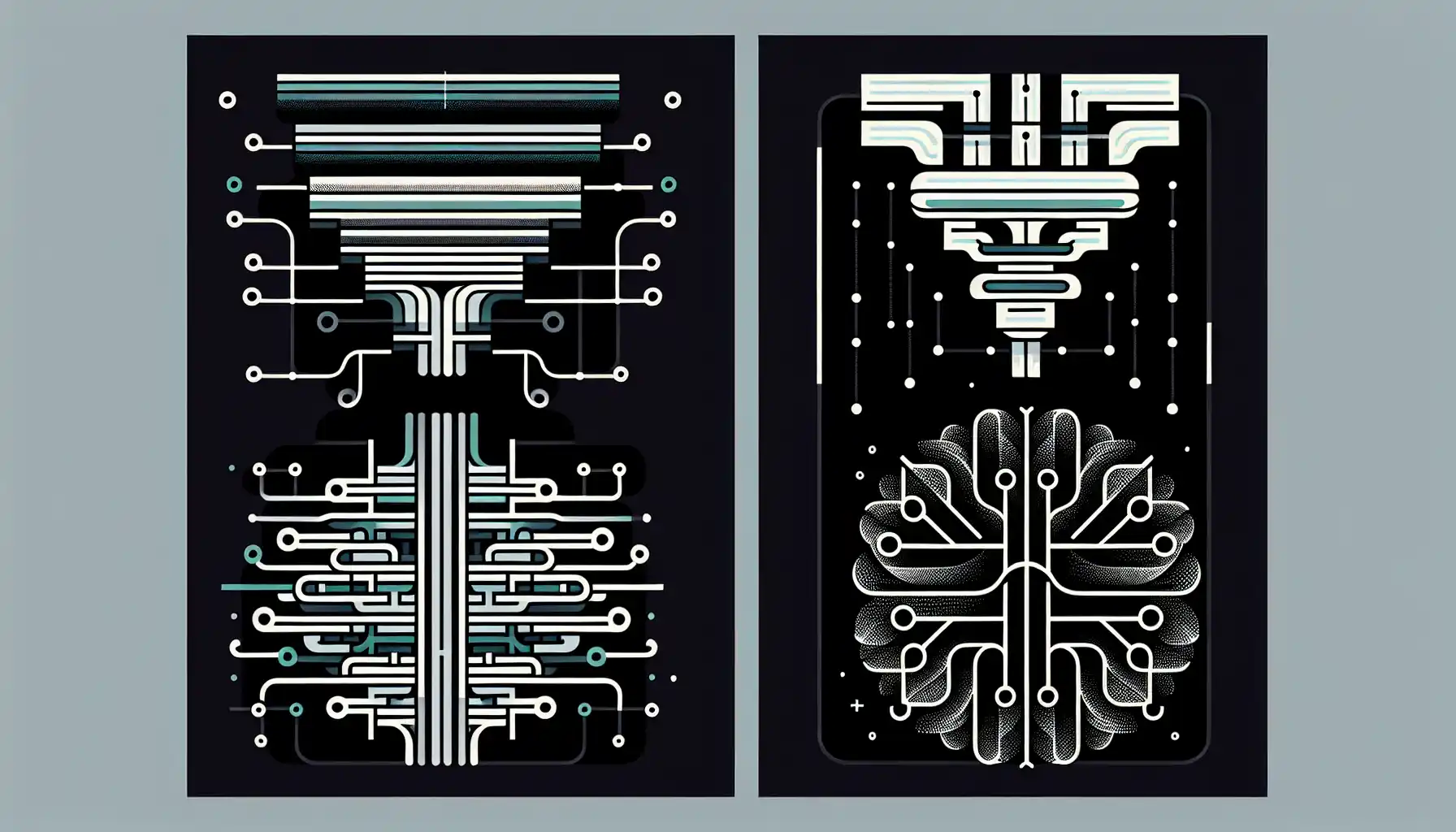
1. Feedforward Neural Networks
A feedforward neural network, also known as a multi-layer perceptron (MLP), is the simplest form of a neural network.
It consists of multiple layers of neurons, with each neuron connected to every neuron in the subsequent layer.
The data flows in one direction, from the input layer through the hidden layers to the output layer.
2. Convolutional Neural Networks
Convolutional Neural Networks (CNNs) are specifically designed to work with image data. They are widely used in image recognition and classification tasks.
A CNN is made up of convolutional layers, pooling layers, and fully connected layers.
The convolutional layers apply filters to the input image to extract important features.
The pooling layers reduce the dimensionality of the data and make the network more robust to variations in the input.
Finally, the fully connected layers process the features extracted by the previous layers and produce the final output.
3. Recurrent Neural Networks
Recurrent Neural Networks (RNNs) are designed to work with sequential data, such as time series data, natural language, and speech.
Unlike feedforward neural networks, RNNs have connections that form a directed cycle, allowing them to maintain a memory of previous inputs.
This makes them well-suited for tasks that require an understanding of context, such as language translation and speech recognition.
One of the main drawbacks of traditional RNNs is the vanishing gradient problem, which makes it difficult for them to learn long-range dependencies in the data.
To address this issue, Long Short-Term Memory (LSTM) and Gated Recurrent Unit (GRU) architectures were developed.
These architectures use special gating mechanisms to control the flow of information and avoid the vanishing gradient problem.
4 Steps To Create A Neural Network
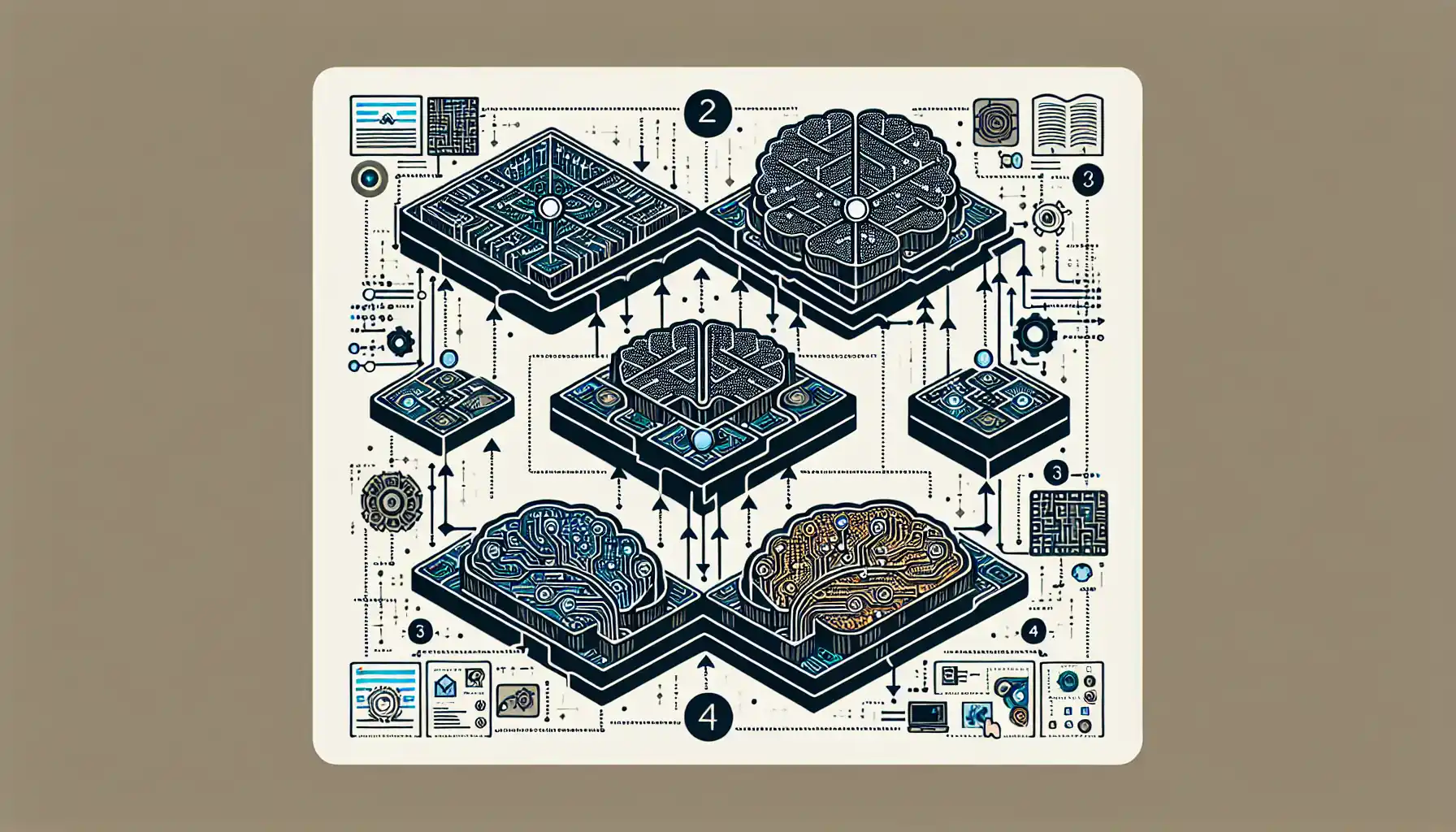
1. Define The Problem And Collect Data
The first step in creating a neural network is to define the problem you want to solve.
For example, you might want to build a network that can classify images of cats and dogs.
Once you have defined the problem, you need to collect a dataset that contains examples of the problem you want to solve.
In the case of image classification, you would need a dataset of images labeled as either cats or dogs.
2. Preprocess The Data
Before feeding the data into the neural network, it needs to be preprocessed.
This can involve tasks such as normalization, data augmentation, and splitting the data into training, validation, and test sets.
For image data, preprocessing might involve resizing the images to a uniform size and converting them to a format that the network can understand, such as a matrix of pixel values.
3. Build The Neural Network
After preprocessing the data, you can start building the neural network.
This involves defining the network architecture, which includes the number of layers, the number of neurons in each layer, and the activation functions to be used.
For image classification tasks, a common architecture is the Convolutional Neural Network (CNN).
4. Train The Neural Network
Once the network is built, you can start training it using the training data.
During the training process, the network will adjust its weights and biases to minimize the difference between its predictions and the actual target values.
This is done using an optimization algorithm, such as stochastic gradient descent.
5. Evaluate The Neural Network
After the training is complete, you need to evaluate the performance of the network on the validation and test data.
This involves calculating metrics such as accuracy, precision, and recall.
These metrics will give you an idea of how well the network is performing and whether it needs any further adjustments.
If you need help to create a neural network, take a look at the video below. It shows you how to make your own simple neural network from scratch using Python:
Final Thoughts
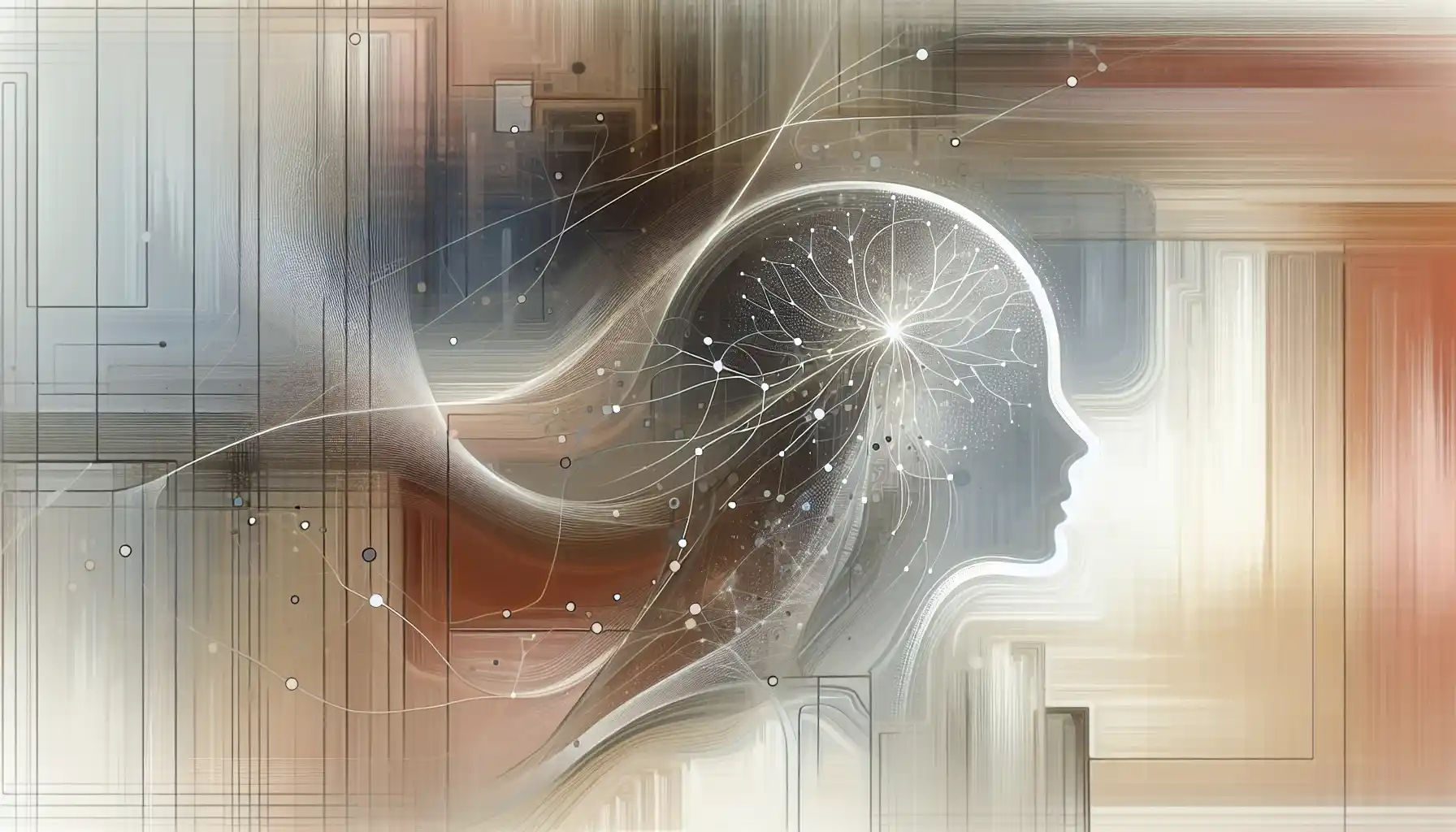
Neural networks are a powerful tool for solving complex problems in the world of AI and machine learning.
Understanding the basic concepts of neural networks will give you the foundation to work with more advanced machine learning techniques.
So, whether you’re interested in developing cutting-edge AI applications or just want to enhance your problem-solving skills, neural networks are a great place to start.
Frequently Asked Questions

What is the best way to learn neural networks?
The best way to learn neural networks is to start with the basic concepts, such as the structure of a neuron, how a neural network is formed, and the different types of layers used in the networks.
Then, proceed to the learning algorithms, such as backpropagation, and the different activation functions.
After understanding the theory, start practicing on simple datasets and gradually move to more complex problems.
What is the easiest neural network to learn?
The easiest neural network to learn is the feedforward neural network. It is the simplest form of an artificial neural network and consists of an input layer, one or more hidden layers, and an output layer.
The information flows in one direction, from the input layer to the output layer, and there are no cycles or loops in the network.
How do I learn neural networks from scratch?
Learning neural networks from scratch involves understanding the basic concepts, such as the structure of a neuron, how a neural network is formed, and the different types of layers used in the networks.
After that, you need to learn the learning algorithms, such as backpropagation, and the different activation functions.
Once you understand the theory, start practicing on simple datasets and gradually move to more complex problems.
What is the best neural network for beginners?
The best neural network for beginners is a feedforward neural network. It is the simplest form of an artificial neural network and consists of an input layer, one or more hidden layers, and an output layer.
The information flows in one direction, from the input layer to the output layer, and there are no cycles or loops in the network.
This type of network is relatively easy to understand and implement.
How do I start learning deep learning?
To start learning deep learning, you can begin by taking online courses that cover the basic principles and techniques of deep learning.
You should also read research papers and books on the topic, as well as join online forums and communities where you can interact with other deep learning enthusiasts and professionals.
How can I get started with neural networks and deep learning?
To get started with neural networks and deep learning, you should begin by learning the basic principles of artificial neural networks and the different types of neural networks, such as feedforward and recurrent neural networks.
You should also familiarize yourself with the learning algorithms used in deep learning, such as backpropagation.
In addition, you can take online courses, read research papers and books, and join online forums and communities to learn from others and get advice on how to get started with neural networks and deep learning.

